How to Plan a U.S. National Park Road Trip | Build the Ultimate Itinerary
Part of planning an amazing national parks road trip is committing to Leave No Trace and making sure you follow all park rules during your visit. We’ve included information current at the time of this post, but you should check each park website for the latest information. Also: This post contains affiliate links, and I may receive a small commission at no cost to you if you make a purchase through them.
At Alice’s Adventures on Earth, we’ve planned and taken a lot of national park road trips — from plotting the best routes, trails, and activities for awe-inspiring views to hand-picking parks that are worth venturing across the U.S. to visit.
I started thinking recently about how to plan a U.S. national park road trip (logistics, activities, travel dates, etc.) and realized it would be helpful to break down the steps to creating a complete game plan and itinerary that perfectly suits your travel style and goals.
Planning a U.S. national park road trip might seem a little overwhelming at first, purely because there are so many options (63 national parks!) and each park’s landscapes, trails, amenities, and activities are a little different.
You’ll find it so much easier to get started on your custom national park road trip itinerary when you follow the 6 steps laid out below. Hit the highlights of the parks you’re most excited to visit and keep to an adventure-filled itinerary that packs plenty of fun and relaxation into your trip!
- Choose Your National Parks
- Plan Your Road Trip Dates
- Map Out Your Route
- Pick Your Trails & Activities
- Book Your Accommodations & Rental Car
- Pack & Prep for Your Trip
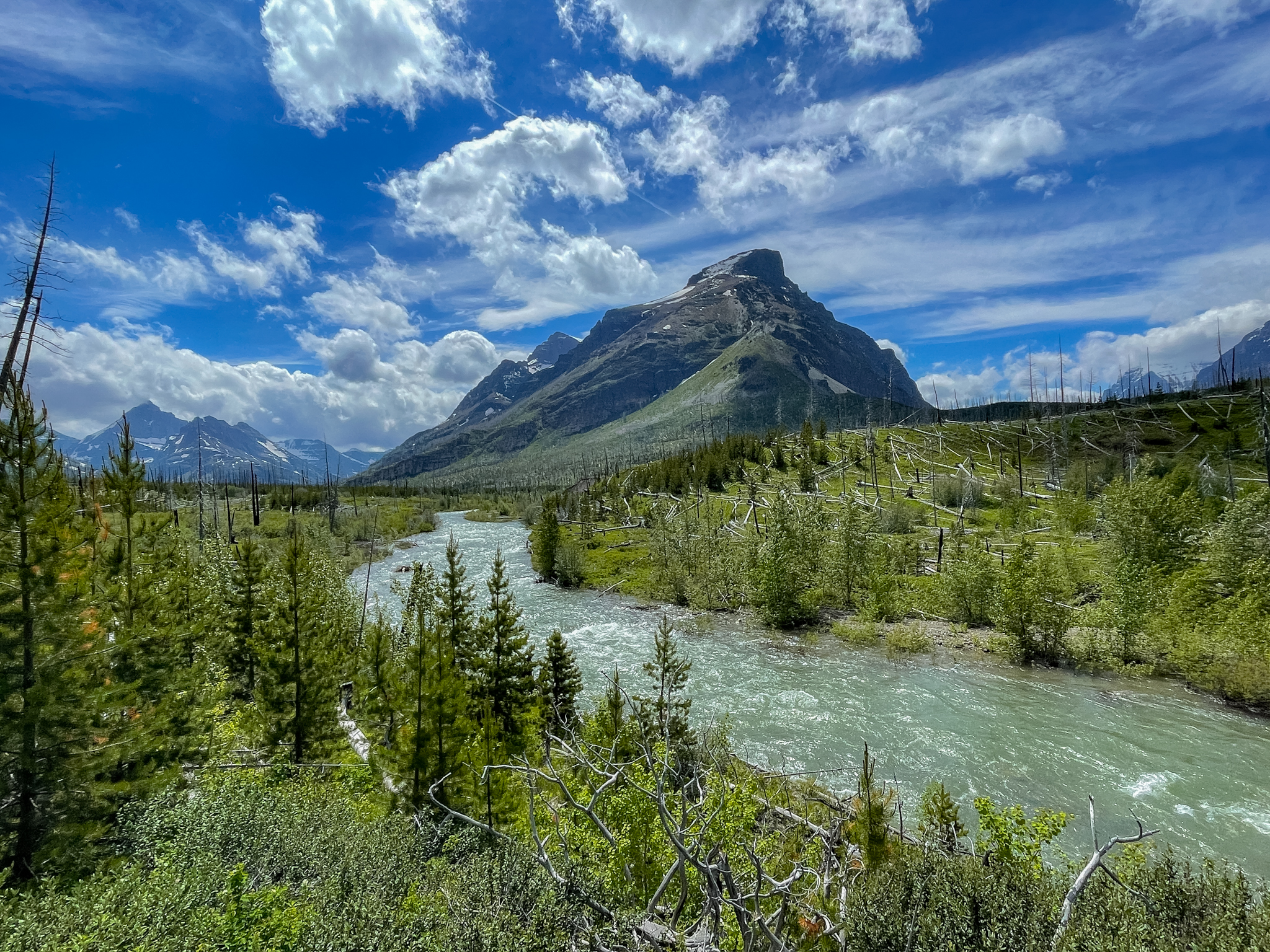
1. Choose Your National Parks
With 63 parks as potential stops on your road trip, start by picking the region you want to visit by looking at differences in scenery, terrain, and activities. Then, browse parks in the region and start looking at entrance fees, permit requirements, and lodging/camping options.
Pick Your Road Trip Region
You might want to start your road trip from home, visiting parks in your own region. Maybe you’ll be flying or driving to another city, renting a car, and road tripping from park to park in another part of the country.
There are more parks in the western U.S., but some really incredible parks in the eastern and northern U.S. can make these regions well worth a national parks road trip. Find a list of parks here.
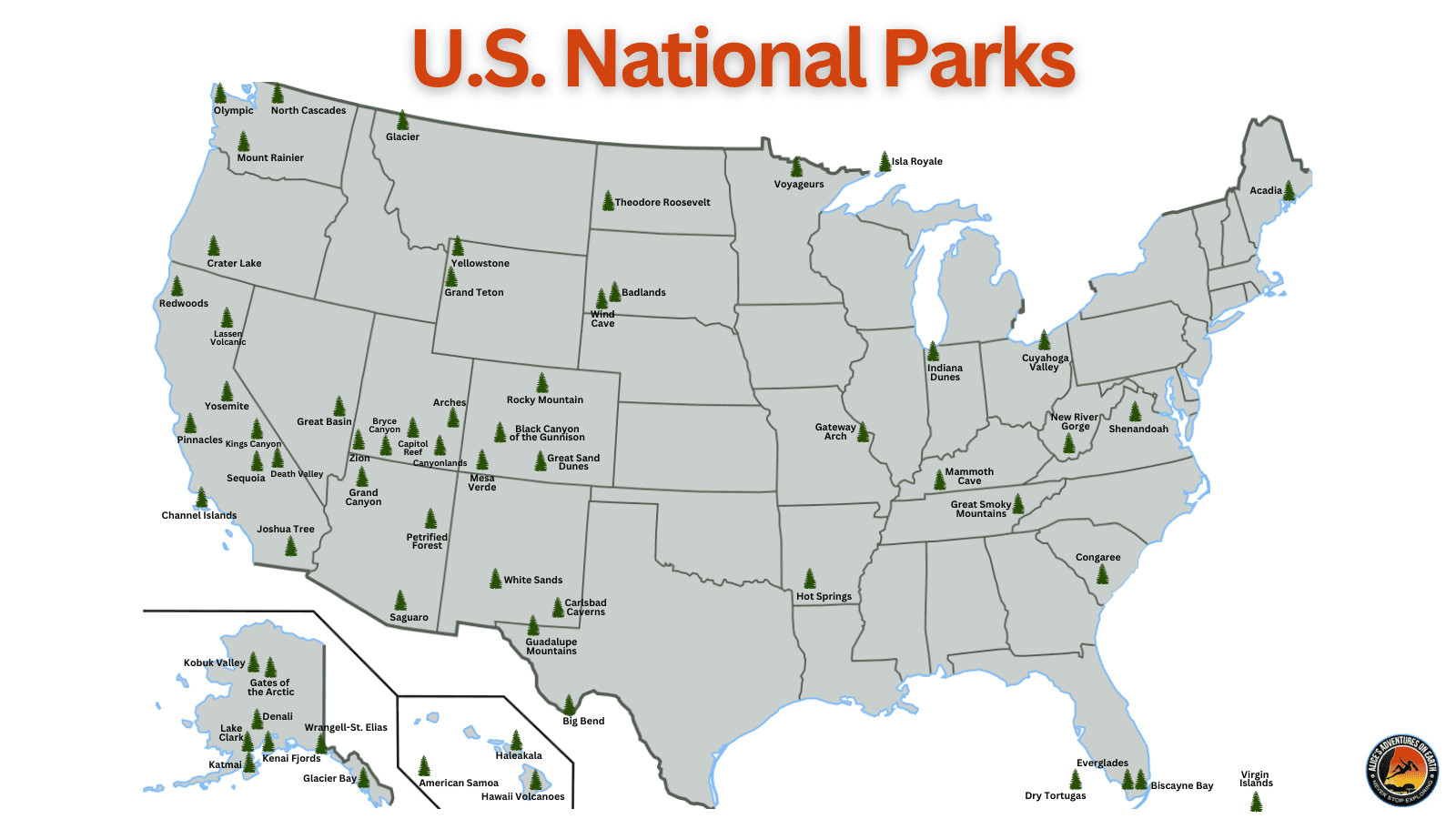 Map background source: User:AMK1211, CC BY-SA 3.0 via Wikimedia Commons
Map background source: User:AMK1211, CC BY-SA 3.0 via Wikimedia Commons
What scenery are you looking for? Breathtaking mountains, deep forests, wild islands, pristine beaches, glittering lakes, rushing waterfalls, peaceful meadows — no matter what you’re looking for, there’s a national park in the U.S. that’ll be a perfect fit.
The terrain of the parks you’re considering should be taken into account. Research any vehicle requirements – high clearance, 4WD, etc. to make sure your vehicle can handle the terrain!
Another consideration is your hiking fitness level. Difficult terrain makes for challenging hikes. Consider park altitude and any acclimation requirements, too.
Browse Nearby Parks
With your chosen region in mind, you can start honing in on nearby parks that interest you most. Research the regional parks’ entrance fees, required passes or permits for areas you want to visit, and available lodging/camping options to choose the best parks for your trip.
Some parks require entrance passes and fees. The fee to enter or get a park entrance pass varies by park, so check this page to find out what you’ll need to pay (if anything). Entrance fees typically range from $20-$35 per vehicle.
Take a look at each park’s available lodging and camping options and think about the activities you want to do while you’re visiting each park to narrow down your options a bit more.
Consider Your Trip Length
Are you able to travel for a weekend? Four days? Two weeks? The amount of time you have will help you start bringing your national park road trip plans to life and decide how many parks to visit.
While it’s always fun to stick around in a park for 4+ days to do some thorough exploring, that’s not the point of a national park road trip — the idea is enjoying the highlights in a few different parks, and that means moving on after a few days to see what the next park has to offer!
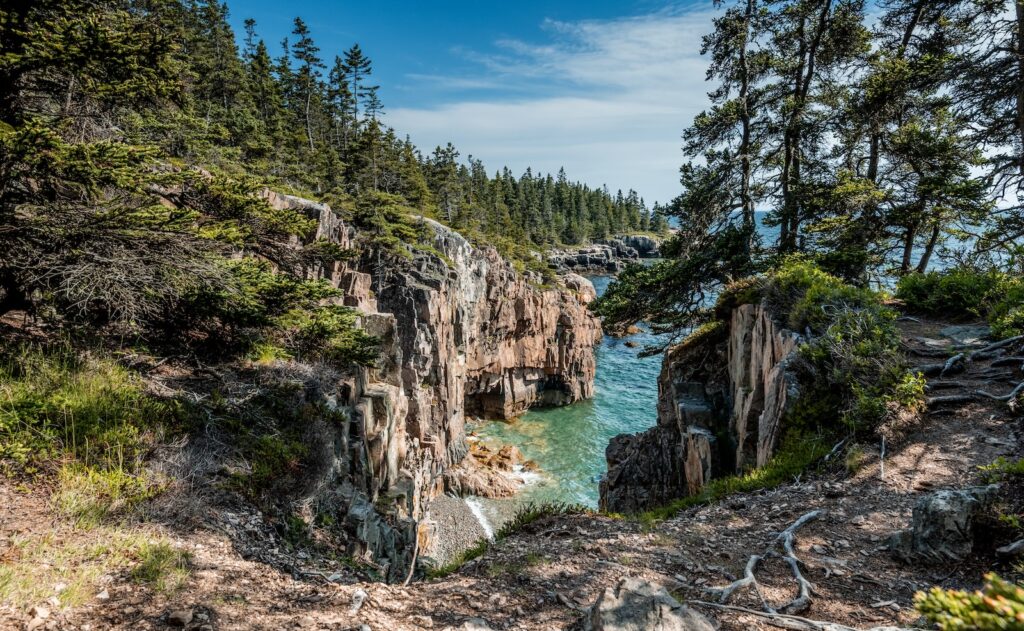
2. Plan Your Road Trip Dates
What time of year is best to plan a U.S. national parks road trip? Visiting a national park during peak season is a completely different experience than going during the low season or shoulder season.
Every park’s peak season is slightly different, but in general, here’s what you can expect:
- Peak/high season: Most parks are busiest in the summer months between July and August, when roads are clear and open, weather is warm, and camping is in full swing
- Shoulder season: You may find slightly smaller crowds during the spring/summer (May-June) and fall (September-October) shoulder seasons
- Low/off season: Most, but not all, parks see the fewest visitors between November and April, when colder weather and low tourism numbers can mean road/trail/amenity/activity closures
Take Seasonal Changes Into Account
The season you visit national parks during will affect the landscapes you see during your road trip. It can be the difference between seeing bare trees, lush green canopies, or fiery fall foliage, dealing with dense, view-obscuring fog or clear views, witnessing trickling or gushing waterfalls, or wandering meadows in sepia tones or a rainbow of wildflower color.
Spring
Peak runoff season after snowmelt occurs in many parks means waterfalls are flowing mightily. Wildflower meadows begin to bloom at lower elevations and deciduous trees begin regaining their buds and leaves.
Fog can interrupt mountain views on brisk spring mornings. Some parks, especially those at higher elevations, see snow and cold temperatures well into spring with road and trail closures as a result. Others may see mild temperatures and rainy conditions.
Summer
Warm weather, perfect opportunities for swimming, lush greenery, and wildflowers in bloom make summertime the most popular time to visit national parks across the U.S. People fill parks across the U.S. to go camping, hiking, canoeing, kayaking, fishing, climbing, and more.
Afternoon thunderstorms may be more common in some regions during summer, but many parks see the driest weather during these months. It’s a great time to visit to ensure high-elevation roads, trails, and full park amenities (like shuttles and lodging) are open.
Fall
Gorgeous, warm shades of gold, red, and purple transform even basic landscapes into something spectacular during fall, with mountainous areas offering incredible views of the fall foliage as deciduous trees blanket the slopes in an array of autumnal color.
Parks are typically less crowded this season as temperatures begin to drop, offering a peaceful chance to hike or bike trails, canoe or kayak around lakes and rivers, and camp. Fog can create visibility issues on fall mornings in mountainous areas, and road/trail/amenity closures may begin in colder or high-elevation parks.
Winter
Bare deciduous trees can offer a better view of mountains and surrounding landscapes with snow blanketing some areas for a beautiful, wintry scene. Dense evergreen forests look especially captivating with snow on the ground! Crowds are typically low during winter if you want a secluded feel in more popular parks.
Crampons, microspikes, or snowshoes may be required for winter hikes in some parks. Winter activities like cross-country skiing, snowshoeing, and sledding are fun options this time of year.
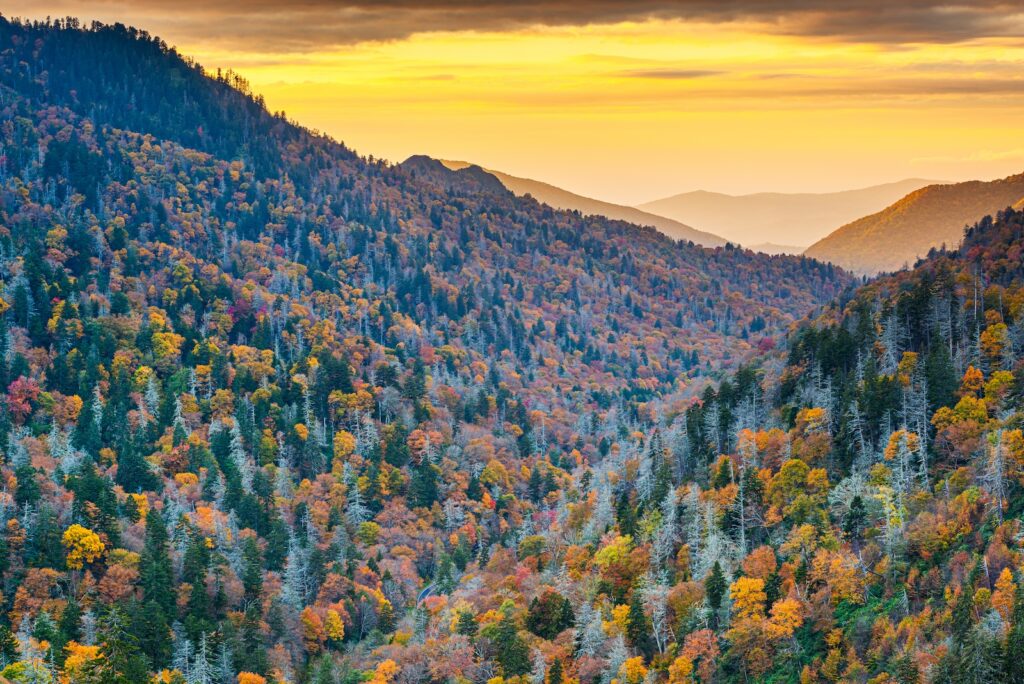
3. Map Out Your Route
Once you know which parks you want to visit and when, you can start mapping out your route. I always use Google Maps to create a logical route — it really helps to have the address for the park entrance station you plan to use for the most accurate mapping.
Make sure to check park websites for any road closures or temporarily closed sections of the park due to wildfires, construction, etc. Add any additional stops you’re planning to make to your route to develop a clear-cut plan for your travel!
You might modify your route to take you through specific cities you’d like to visit on your road trip, or choose a scenic route over the fastest one. That’s the beauty of planning your own road trip.
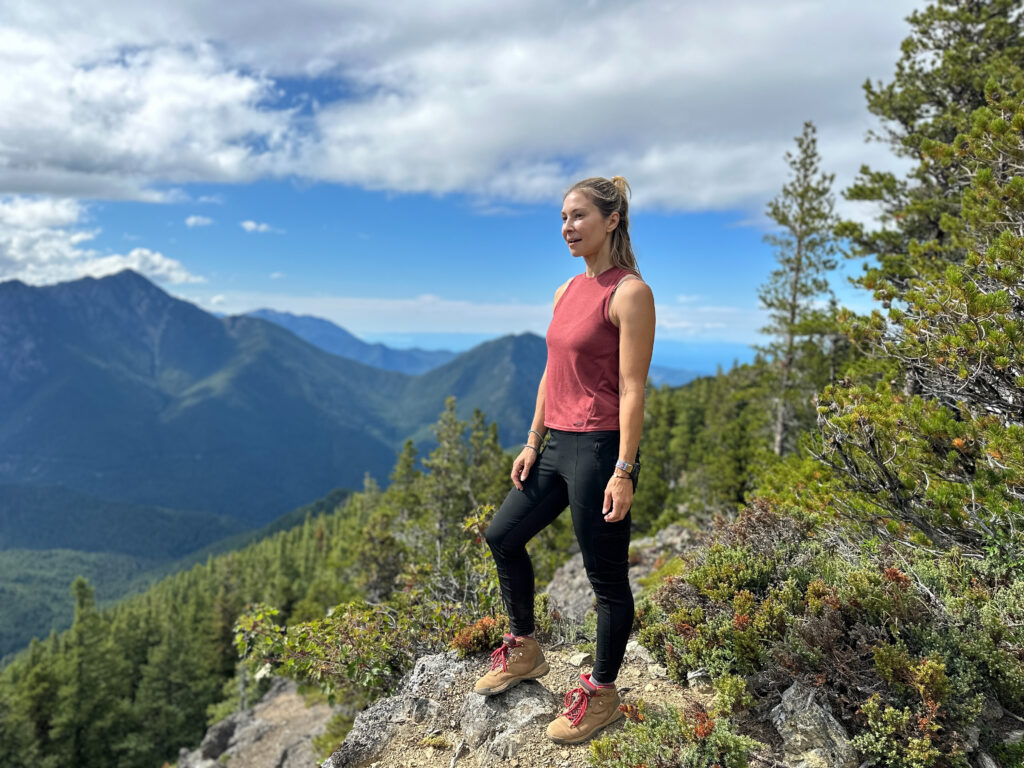
4. Pick Your Trails & Activities
What are you up for during your national park road trip? You’ll probably want to do lots of hiking, but depending on the season you visit during and which parks are on your list, your activity list will vary.
Make sure to check out towns and cities you pass from park to park and stop by local shops, museums, and restaurants to round out your trip. You never know what you might find!
Do some research on each park on your list and figure out what the must-do activities are at each one. Here are some ideas to keep an eye out for as you’re building your daily plans and activities:
- Scenic drives & notable overlooks
- Hiking & biking trails
- Hanging out on beaches, riverbanks & lakeshores
- Waterfalls & natural swimming holes
- Boating, cruises, canoeing & kayaking
- Cave tours (guided/self-guided)
- Historic sites, visitor centers & museums
- Notable natural features & rock formations
- Rock climbing
- Winter sports (skiing, snowshoeing, etc.)
- Camping
Pick the activities that interest you most at each park and find out when these activities are available. Some will need to be booked in advance (like cave tours, boat cruises, or kayak rentals), while others can be squeezed into your itinerary wherever they fit best (like hiking and swimming).
Don’t overbook your days with activities — leave plenty of time to enjoy the parks and relax a little. Even the best-laid plans can change last-minute, so having wiggle room is important.
Choosing National Park Hiking Trails
Consider your hiking fitness level when you’re planning a national park road trip. Are you ready for easy, moderate, or hard trails? There are a few ways that trails get labeled as easy, moderate, or hard/strenuous, but here’s what the National Parks Service says:
- Easy: Usually relatively flat, short trails under 3 miles on level ground that may be paved; best choice for beginning hikers with limited experience on longer or more challenging trails; some may be appropriate for children, seniors, and people with limited mobility
- Moderate: Trails with easy, moderate, and/or hard sections that may feature some steep zones and elevation changes that require a moderate hiking fitness level; appropriate for hikers with some skill and may range from 5-8 miles
- Hard/Strenuous: Challenging hikes generally 5-10+ miles with steep inclines, stream crossings, rock scrambles, and other sections that require high hiking fitness and skill levels to complete
AllTrails.com is really helpful to find the most popular trails in a given park, user-submitted photos and comments on current trail conditions, estimated hike duration, and trail layouts.
Consider how long each hike will take you (leaving a little extra time for resting, taking photos, and admiring the views). Pick trails that won’t exhaust you when you have more hiking days and exploring ahead of you!
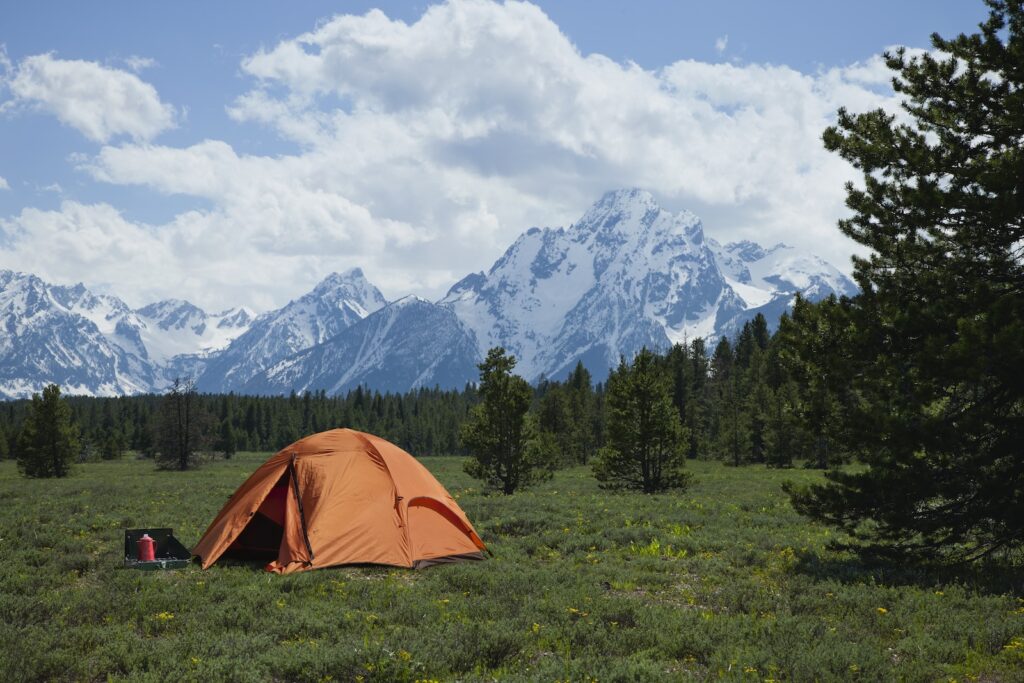
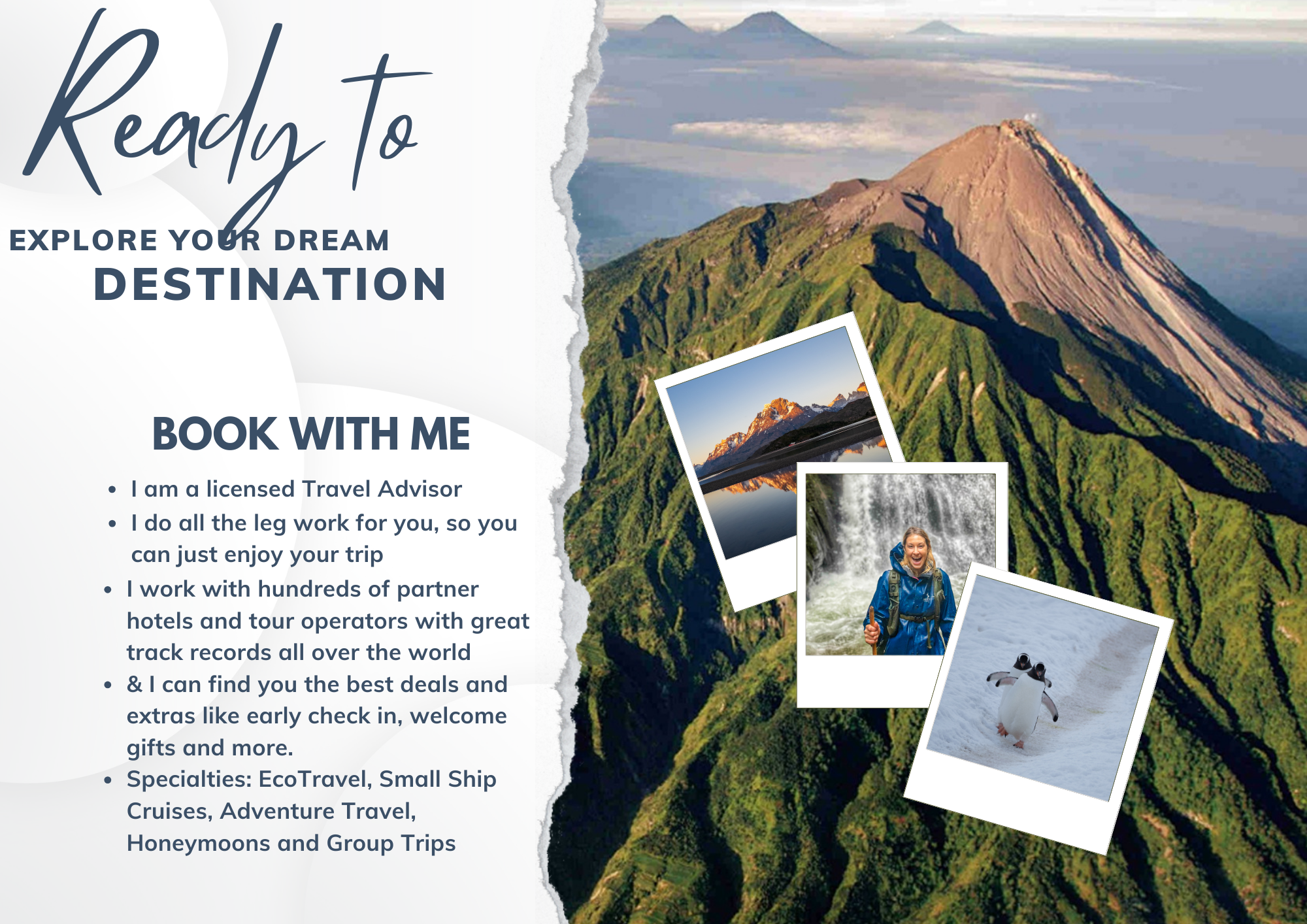
Want help planning your National Park roadtrip. I’m an expert in parks, and would love to help you plan the trip of your dreams. Drop a line with where youre heading and when.
5. Book Your Accommodations & Rental Car
Whether you’ll be staying in park lodges, campgrounds, or nearby hotels, getting your accommodations sorted out for each leg of your trip is the next step to making your national park road trip a reality.
Some parks allow or require you to make campsite reservations or buy backcountry permits in advance. Other parks offer first-come, first-served campsites and permits (a challenge to snag during the peak summer months).
A word of advice: Book or reserve everything you can in advance!
If you’ll be camping outside of a park’s campgrounds, you might need a backcountry camping permit.
Some parks require timed entry permits to go into specific areas of the park during peak visit times (like Paradise in Mount Rainier). Check the park website for details on how to obtain permits (free in some parks).
If you plan on staying in a park lodge or nearby hotel, now’s the time to book your room online. Try to pick lodging that puts you close to the areas you’ll be hiking and exploring during your trip — national parks can be massive!
Make your rental car reservations now (if you’re not driving your own vehicle). Remember to research any vehicle requirements for the parks you’re visiting to ensure your wheels can handle the terrain!
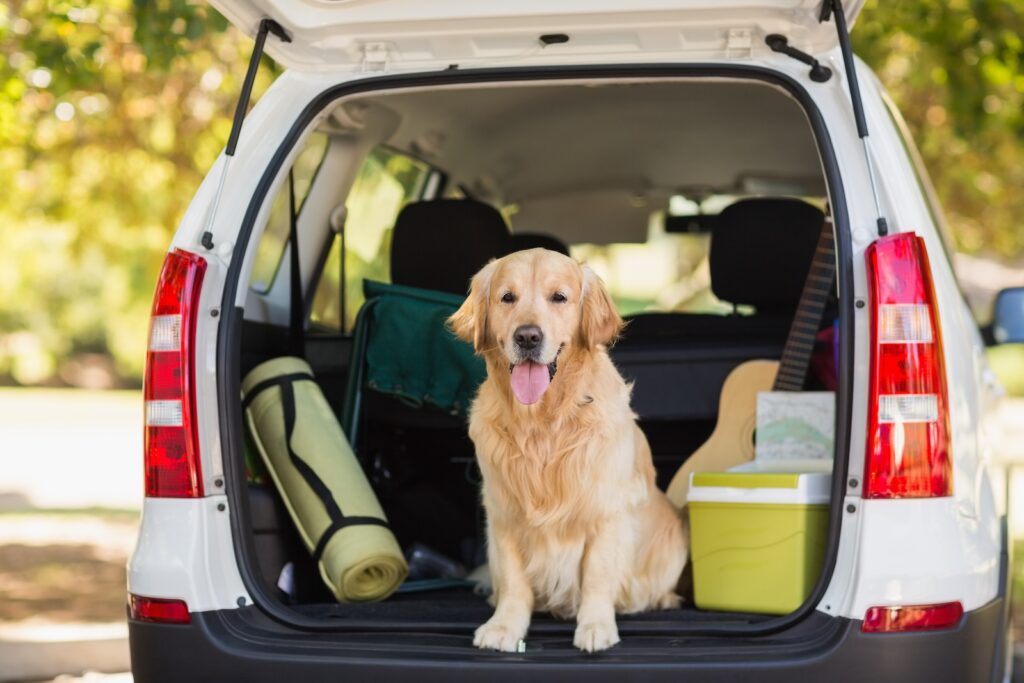
6. Pack & Prep for Your Trip
Packing and getting ready for your trip can be a lot of fun! Download a complete packing list if you’ll be doing longer, overnight hikes to make sure you’re not leaving essentials behind (or bringing unnecessary items that’ll weigh you down).
Even if you’re sticking to shorter trails and other activities, you’ll still want to ensure you’ve got everything you need:
- Comfortable hiking clothes, hat & footwear
- Outerwear for cold/rainy weather
- Water bottle
- Swimwear & towel
- Sunscreen, bug spray & travel toiletries
- Trail snacks
- First aid kit
- Emergency supplies (whistle, headlamp, firestarter, etc.)
- Phone & charger, cash/card, ID & keys
Your planned road trip length, terrain, trail length, and activities will play into your packing list, so be thorough when you’re reviewing what to bring.
Here are some of our National Park essentials.
Make sure you have digital proof or a printed copy of any permit, campsite/lodging reservation, or entrance pass you’ve purchased in advance with you.
Take care of any at-home needs before you go on your road trip — pausing mail, arranging pet care if needed, adjusting the thermostat, setting light timers, etc. Plug your route into GPS, load up the car, and get on the road!
Set Out on the Road Trip of a Lifetime
With your route mapped and activities planned, your reservations, permits, and bookings taken care of, and your rental car picked up, you’re ready to embark on the road trip of a lifetime!
Gorgeous scenery, exhilarating hikes, and endless exploration in some of the country’s best national parks lie ahead. You can take pride in the fact that this memorable adventure was dreamt up, planned, and flawlessly executed by you!
Need a little inspiration for your national park road trip? Here are some adventurous ideas to read next and get you started!
- The Ultimate 2-Week National Park Road Trip from Coast to Coast
- 7-Day Northwestern National Park Road Trip | Glaciers, Geysers & Waterfalls
- 10-Day Alaska National Parks Road Trip | 3 Awe-Inspiring Parks
- My Epic 7-Day California National Parks Road Trip
- 7-Day Pacific Northwest National Parks Road Trip
Pin this article!


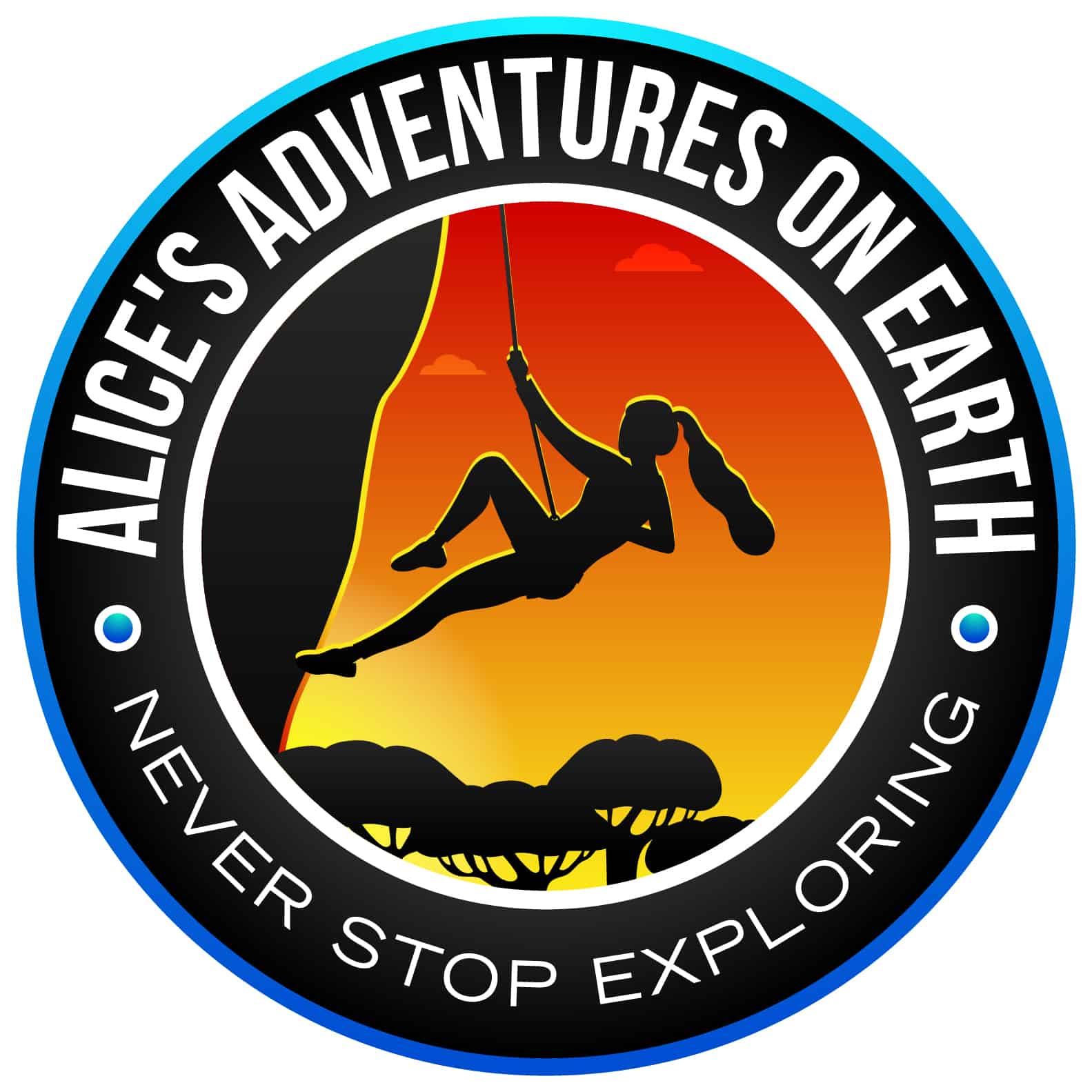

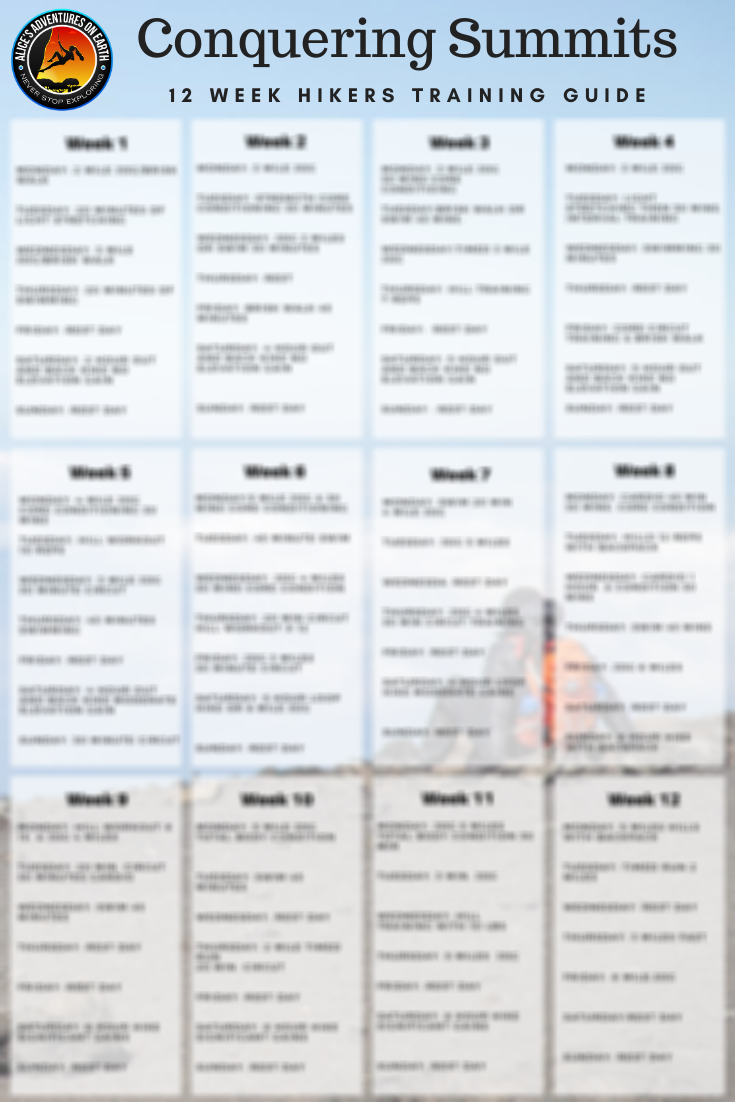


0 Comments